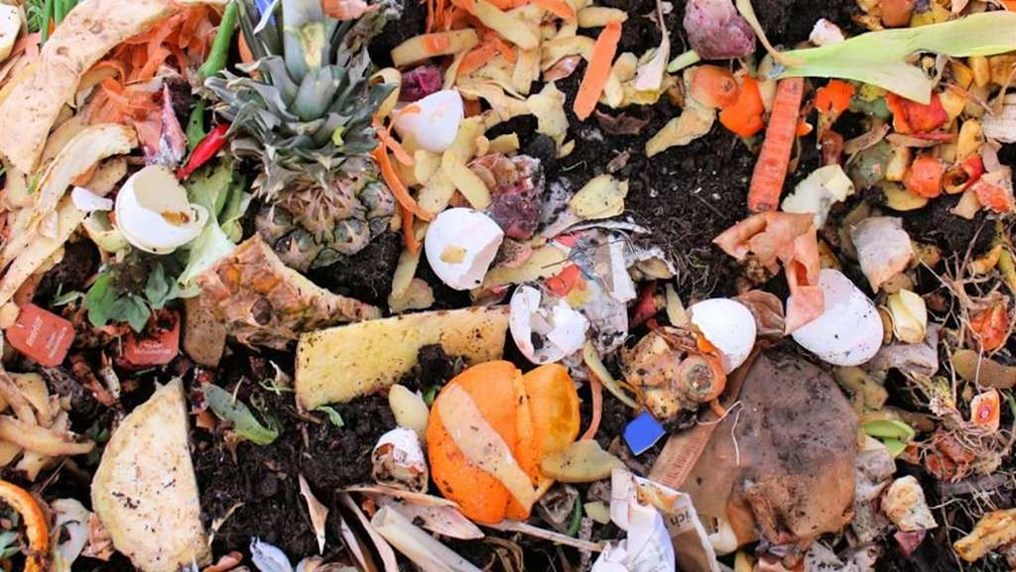Day 236: Leaching the value from waste

18th January 2015
Author: Geoff Maitland, IChemE President 2014–2015.
Hello everyone and welcome to today's blog. Christmas is now over three weeks away, but before we leave the festivities behind for another year I just wanted to make an observation about waste during this indulgent celebration.
A few year's ago I read a story in Engineering and Technology magazine which suggested the UK consumes around 10 million turkeys, 370 million mince pies, 25 million Christmas puddings, drink 250 million pints of beer and open 35 million bottles of wine.
However, according to WRAP (Waste and Resources Action Programme), the food and drink wasted in the UK increases by a massive 80 per cent over the Christmas period, with a staggering 230,000 tonnes of food, worth £275 million (US$400 million), is binned during the festive season.
The only good news about waste on this scale is that much of it can be used for the production of energy.

Chemical engineers have played a central role in the development of energy from waste processes including anaerobic digestion and biogas production.
Recent research shows that municipal solid waste (MSW) in China has increased and in 2010 exceeded 350 Mt (equivalent to 440 kg per person).
In cities, 50-70 per cent of all MSW is food waste. Manual separation of food waste from other MSW can aid in the effective treatment of waste.
With the growth in food waste, there is concern that anaerobic digestion of a variable ‘feedstock’ is not efficient. The presence of too much fatty acids or protein can inhibit the generation of methane.
In addition, much food waste is deficient in trace elements and this stalls the process. Just like humans need trace elements in our diet, so do the bacteria in anaerobic digestion.
With the correct environmental monitoring, incineration offers an efficient and attractive mechanism for dealing with the waste.
Typically the MSW is stored for up to seven days before incineration. In this period, the moisture level is reduced as leachate is produced (typically 10-20 per cent of MSW by weight) and allowed to run off.
The remaining MSW then has a lower moisture level and is better incineration feedstock.
A paper by Dalian University of Technology published in Chemical Engineering Journal uses the MSW leachate to provide trace elements that support anaerobic digestion of the food waste.
Using leachate resulted in improved anaerobic digestion of food waste; producing greater biogas (methane) in greater and more consistent quantities (20 per cent increase).
Propionate ions are key intermediates in the degradation of fatty acids. Efficient oxidation of the ions significantly affects overall efficiency. Use of the leachate was demonstrated to reduce the levels of propionate almost ten-fold (from 899 mg/L to 10 mg/L). Build up of propionate results in an unstable process.
This integrated approach demonstrates a more efficient and economically feasible mechanism treatment of food waste using leachate from a MSW incineration plant.
It supports more effective biogas production from anaerobic digestion, while using the liquid that is removed from MSW to improve incineration.
With no end in sight to the high levels of waste we generate, developments like these are important to inject some sustainability into our increasingly inefficient lifestyles.
ChemEng365 blog
Geoff Maitland launched this blog during his IChemE presidency in 2014. ChemEng365 features 365 chemical engineering successes and achievements throughout his year-long presidency.